Located on the outskirts of the city of Midoun in the island of Djerba, the Fadhloun mosque is one of the most curious, the most astonishing monuments, not only of the island of Djerba, but of all the ancient architectural heritage of Tunisia. Seen from afar, in its Djerbian "campaign", it presents the appearance of the harmony of the religious buildings of the island. On closer inspection, one is surprised by the arrangements and the “disarticulation” of a whole from which, however, emanates a transcendence that subjugates the visitor. The monument, dating from the 14th century, is made up of three subsets:
- A prayer room rising in the middle of a fenced yard whose floor is covered with a lime plaster
- External outbuildings including a room for ritual ablutions and a Koranic school, which are matched by an underground grain mill and bakery!
- Interior outbuildings including a main room which housed the Koranic teaching flanked by two small rooms intended one for housing, the other for keeping food reserves
The massive prayer hall, with a squat minaret, and whose exterior walls have been reinforced by buttresses, betrays military concerns: the Fadhloun mosque belonged to a chain of mosques not far from the coast and which acted as a second line of defense in the event of an attack.
Architecture
Built in the 14th century, the mosque benefits from an architecture typical of the religious buildings of the island but designed according to an atypical plan, unique in the Tunisian architectural heritage. The mosque has three parts.
The prayer room, whose interior is square in shape, topped with a ceiling made up of nine cupolas supported by four central columns delimiting three naves; the central nave ends with a mihrab in the form of a simple niche without any particular decoration. The minbar is made of stone and consists of three steps. By internal staircases one reaches through the prayer room to the roof which overlooks a squat minaret with two levels: the first with a square base, the second with a circular base surmounted by a small dome and provided with several niches. From the outside, the prayer hall is reinforced by several buttresses.
The courtyard, also used for prayer, is delimited by a wall on three sides, one of which has a so-called summer mihrab; it also includes the rim of an underlying water collection cistern. The mosque has internal and external dependencies, including two Koranic teaching rooms, a coffin room, an ablution room, a grain mill, an underground bakery and a food store room.
The roles of the mosque
In addition to its religious role, teaching and bread supply, the mosque played a role of second line of defense after those of the coasts guaranteed by the forts (bordjs), and this thanks to its architecture of small fortress.


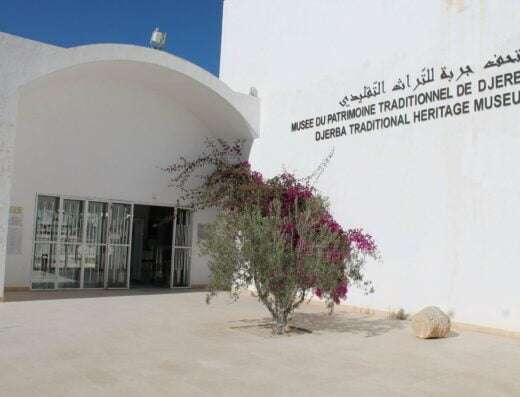
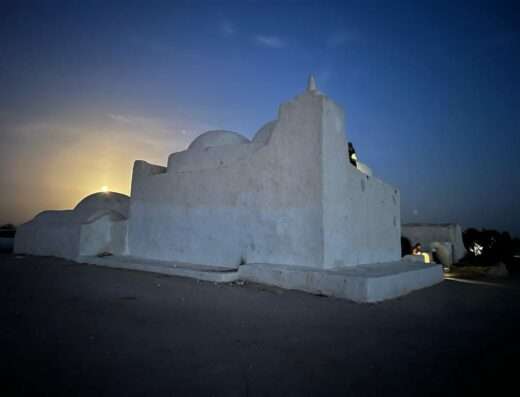
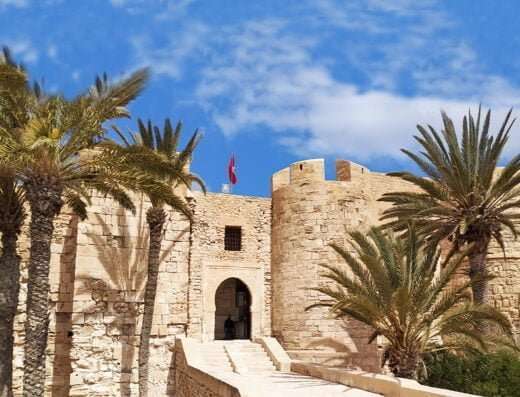
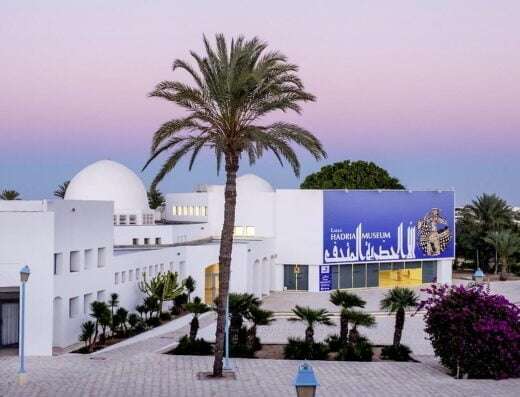
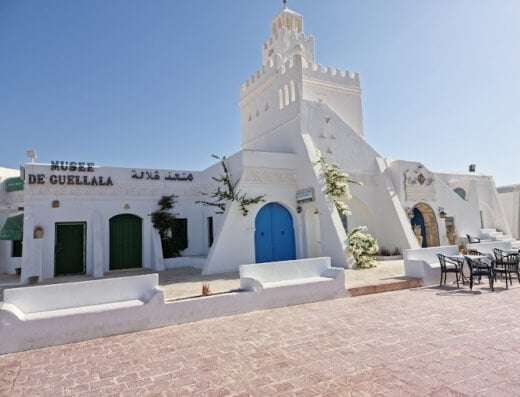
Herve KABLA
one year agoA surprising place to visit.
john thomas
2 months agoOpen to tourists only from 8 a.m. to 12 p.m.
Chawki Sassi
6 years agoI really like The mosque, built in the 14th century, has an architecture typical of the island's religious buildings but designed according to an atypical plan, unique in Tunisian architectural heritage. The mosque has three parts.
Khaled M
6 years agoIt is a mosque with quite particular architecture. Built in the 14th century, it resembles a small fortress that can protect the inhabitants in the event of an attack on the island by foreign enemies.
Ijawane N'Tayri
4 months agoOld typical Djerbian mosque